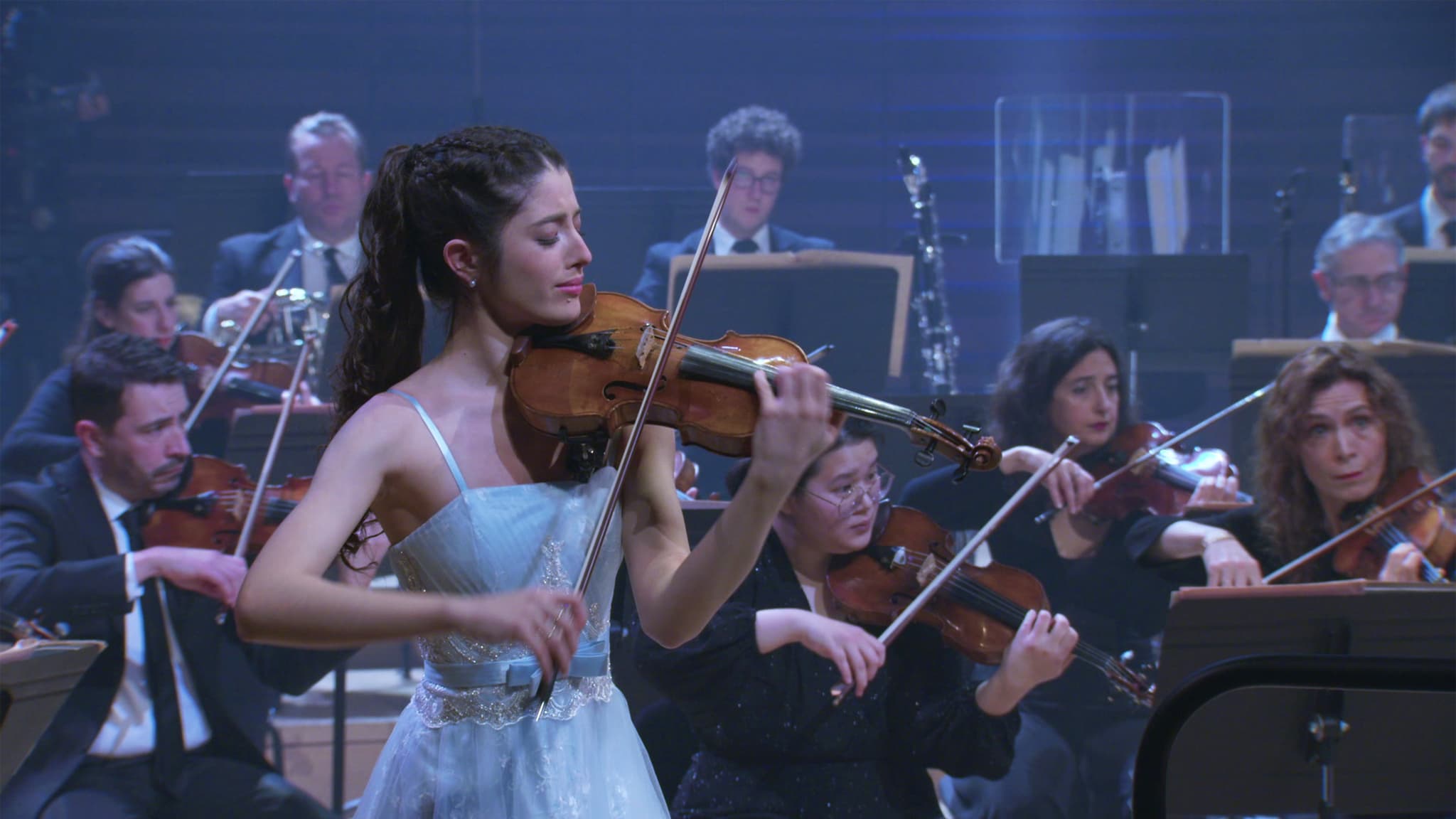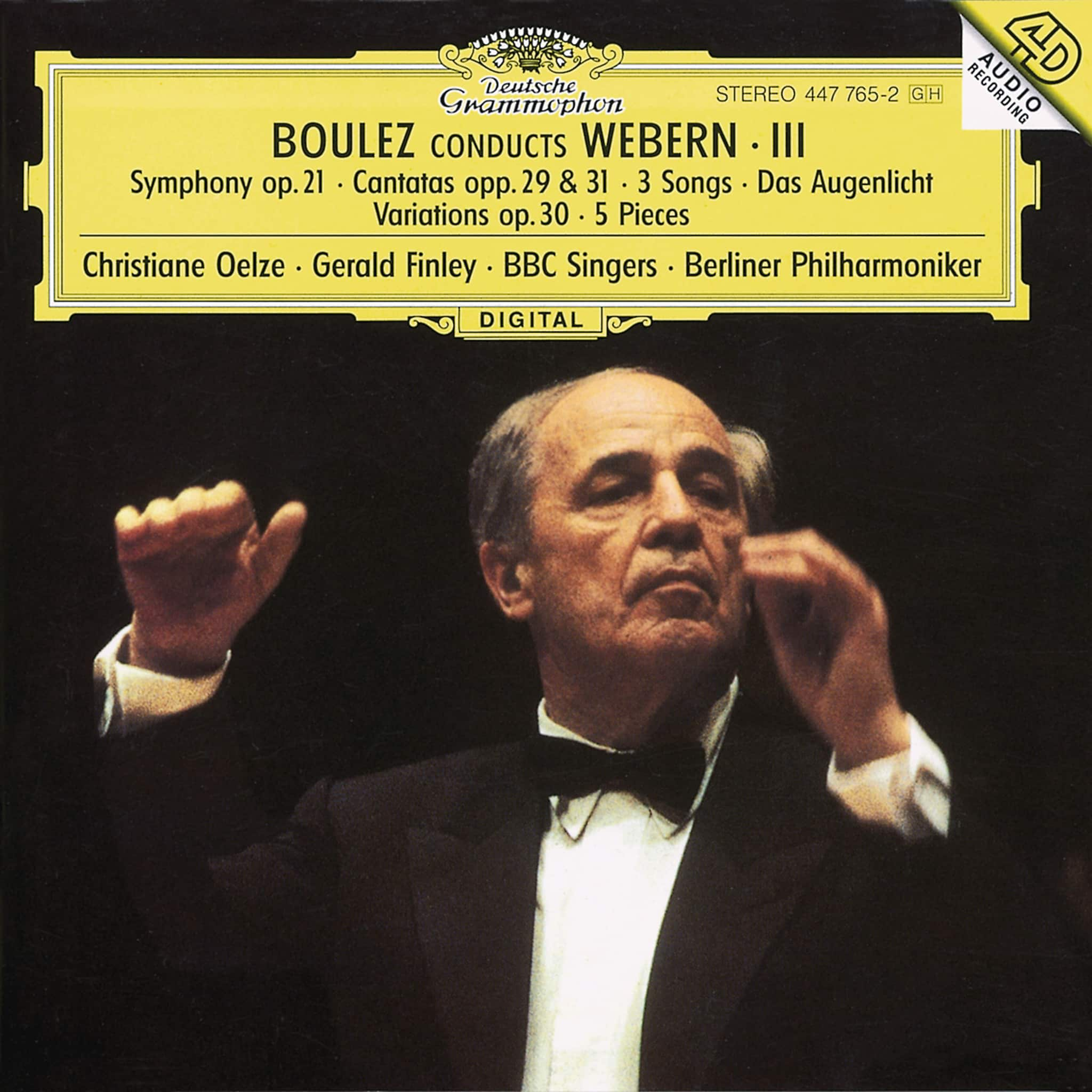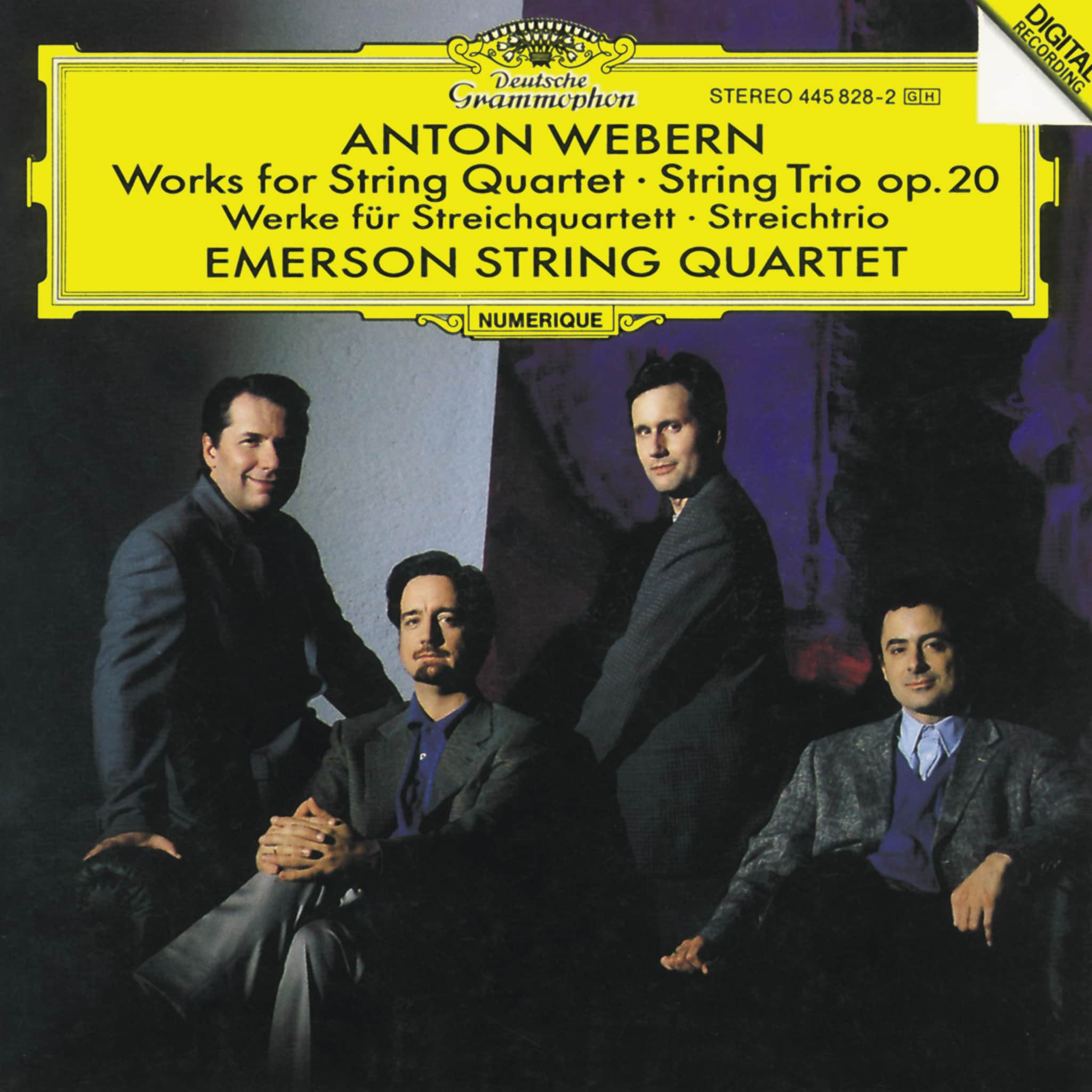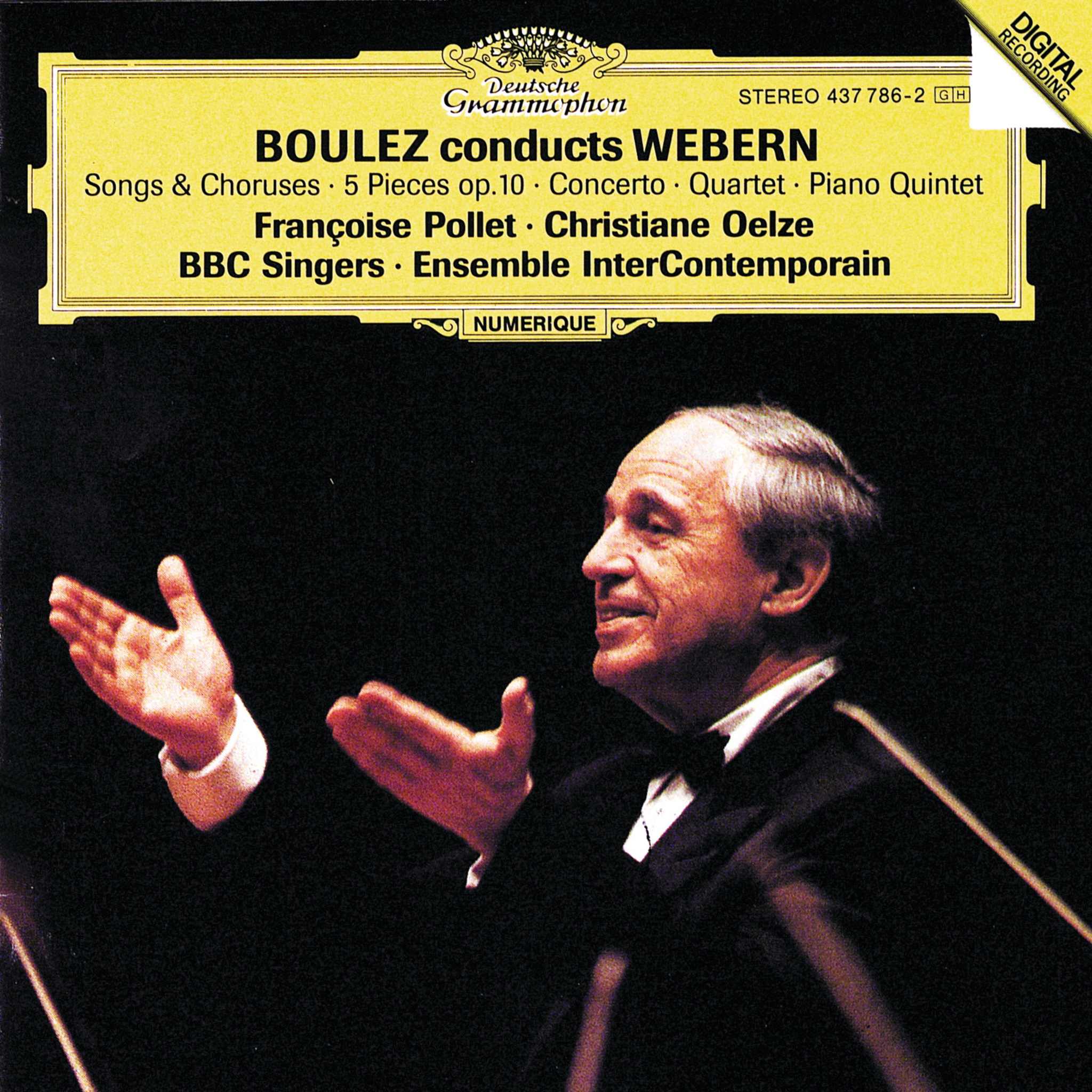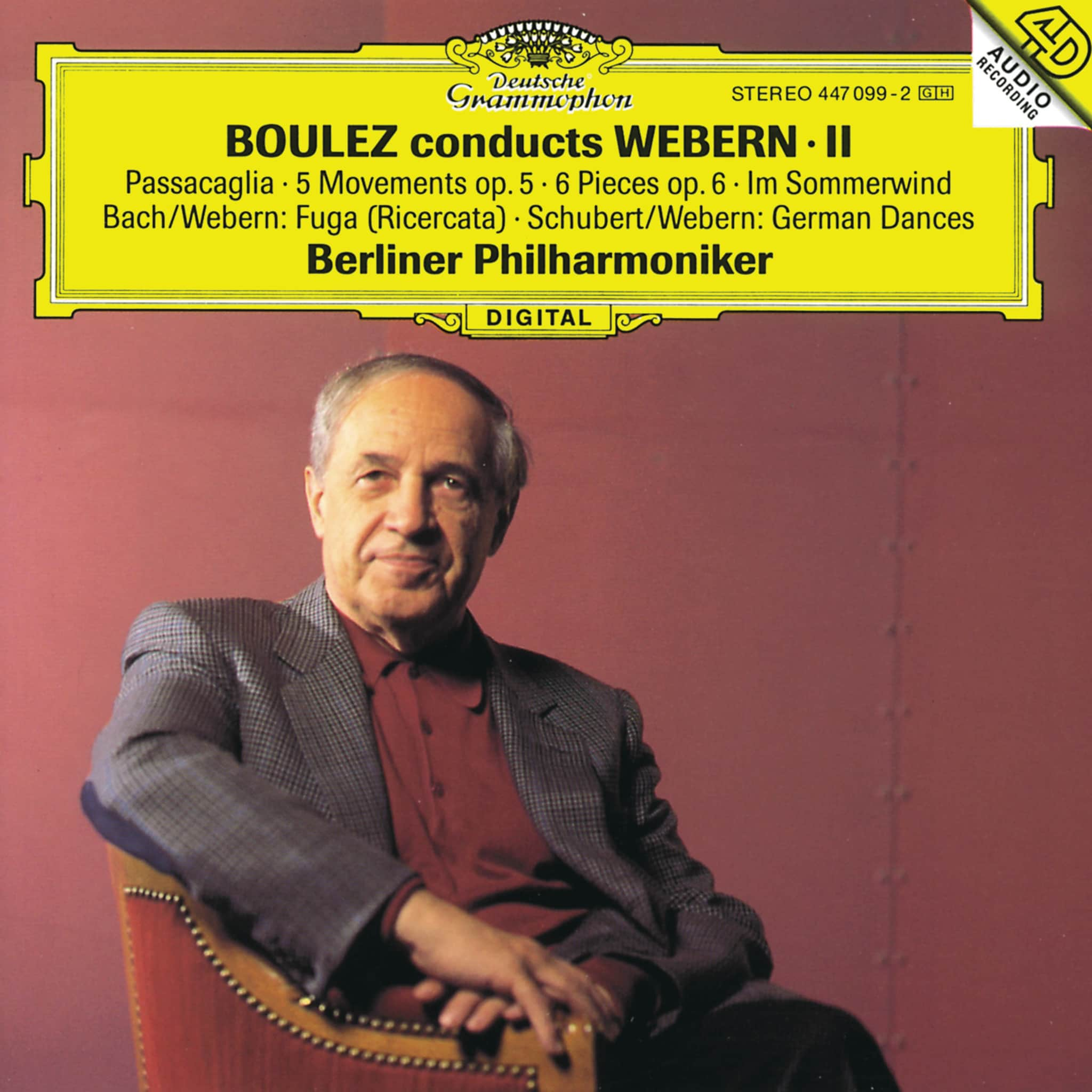Anton Webern: Biography, Key Works, and Legacy
Biography
Anton Webern (1883–1945), born in Vienna to a professional family, became a groundbreaking modernist and a central figure of the Second Viennese School, alongside Arnold Schoenberg and Alban Berg. His early music studies, which included piano and cello lessons, led to advanced training at the University of Vienna, where he encountered Schoenberg, whose influence was transformative. Webern rapidly developed a highly original musical voice, characterized by extreme concision and sensitivity to timbre and sonority.
Artistic Development
Initially influenced by late Romanticism (notably in works like Im Sommerwind and the orchestral Passacaglia), Webern’s style crystallized with the Five Movements for String Quartet (1909), marking a turn toward brevity and new expressive possibilities. He, along with Schoenberg and Berg, pioneered atonality and, later, the twelve-tone technique, which organizes all twelve notes of the chromatic scale without reference to a tonal center. Webern’s personal approach to serialism made his mature works—such as Five Pieces for Orchestra (1913), Symphony (1928), and the Variations for piano (1936) and for orchestra (1940)—models of clarity and emotional intensity.
Key Works
Webern's key works include the Five Movements for String Quartet, Op. 5 (1909), Five Pieces for Orchestra, Op. 10 (1913), Symphony, Op. 21 (1928), Variations for Piano, Op. 27 (1936), and Variations for Orchestra, Op. 30 (1940). These compositions marked significant milestones in his artistic development and continue to be celebrated in the world of classical music.
Legacy and Influence
Webern’s music, though met with controversy during his lifetime, has had a profound influence on the world of music. His innovative approach to composition and his unique musical voice have made him one of the 20th century's boldest musical innovators.

